Carpets Museum: A Gem of Textile Art in Istanbul
The Carpets Museum, located in the Imperial Pavilion within the Blue Mosque complex, is one of Istanbul’s most fascinating and exclusive museums. This space, dedicated to preserving and showcasing Turkey’s rich textile tradition, houses an outstanding collection of carpets and rugs dating from the 14th to the 20th centuries. Each piece reflects the craftsmanship, aesthetic values, and cultural heritage of Anatolia and the Ottoman Empire, making this museum a must-visit for art and history enthusiasts.
The Collection: A Unique Textile Treasure
The museum features approximately sixty carpets and rugs, carefully selected to highlight the diversity and complexity of Turkish textile art. These pieces stand out for their intricate designs, decorative motifs, and vibrant color palettes, including shades of red, blue, green, and yellow. Among the most iconic pieces in the collection are the famous Usak carpets, woven in western Anatolia during the 16th century. These carpets, crafted for mosques and the exclusive use of the Ottoman Court, testify to the refinement and sophistication of the textile workshops of the time.
The museum also displays historic rugs of exceptional quality and preservation. Each of these pieces offers a glimpse into the past, showcasing not only weaving techniques and materials but also the cultural and social influences that shaped these masterpieces.
Exhibition Design
The Imperial Pavilion, once a resting space for sultans before their prayers at the Blue Mosque, has been transformed into an ideal setting for displaying these historic pieces. The carpets are exhibited near the Sultan’s loge, while the rugs are arranged in the vaulted galleries on the ground floor. This layout allows visitors to closely appreciate the details and weaving techniques, creating an immersive and educational experience.
History and Cultural Significance
Carpets have played a central role in Turkish culture for centuries, serving not only as decorative items but also as symbols of status and ritual objects in religious and social contexts. In the Ottoman world, carpets were considered a high art form, and textile workshops enjoyed great prestige. This museum pays tribute to this rich tradition and offers a platform to explore how carpets and rugs reflect daily life, spirituality, and aesthetic values across different historical periods.
One of the most impressive aspects of the collection is its storytelling ability. From geometric and floral patterns to figurative motifs, each design holds specific meaning and is often tied to the cultural identity of the region where it was created. The Usak carpets, for example, are known for their central medallions and intricate symmetrical compositions, which have influenced textile design worldwide.
Practical Information for Visitors
- Location: Imperial Pavilion, Blue Mosque, Sultanahmet.
- Hours: Open Tuesday to Saturday, from 9:00 AM to 4:00 PM.
- Closed: Mondays and Sundays.
- Admission Fee: Free.
How to Get There
The museum is located in the heart of Sultanahmet’s historic district, easily accessible by public transportation. Take the T1 tram line and stop at Sultanahmet. From there, the museum is a short walk away, situated within the Blue Mosque complex.
Nearby Attractions
- Museum of Turkish and Islamic Arts: 195 meters away.
- Basilica Cistern: 352 meters away.
- Hagia Sophia: 443 meters away.
The Museum’s Importance Today
The Carpets Museum not only preserves an essential part of Turkey’s history and culture but also educates new generations about the importance of textile art. Traditional weaving techniques, such as the use of natural dyes and meticulous manual craftsmanship, are being rediscovered thanks to the museum’s conservation efforts. Additionally, situated in a landmark like the Blue Mosque, the museum reinforces the connection between architectural history and textile art, offering visitors a comprehensive cultural experience.
Conclusion
The Carpets Museum is a unique space that combines art, history, and culture in an iconic setting. Its rich collection, thoughtful arrangement, and prime location make it a must-see destination for anyone visiting Istanbul. This museum not only celebrates Turkish textile tradition but also emphasizes the importance of preserving cultural heritage for future generations. Don’t miss the chance to explore this textile treasure in the heart of the city.

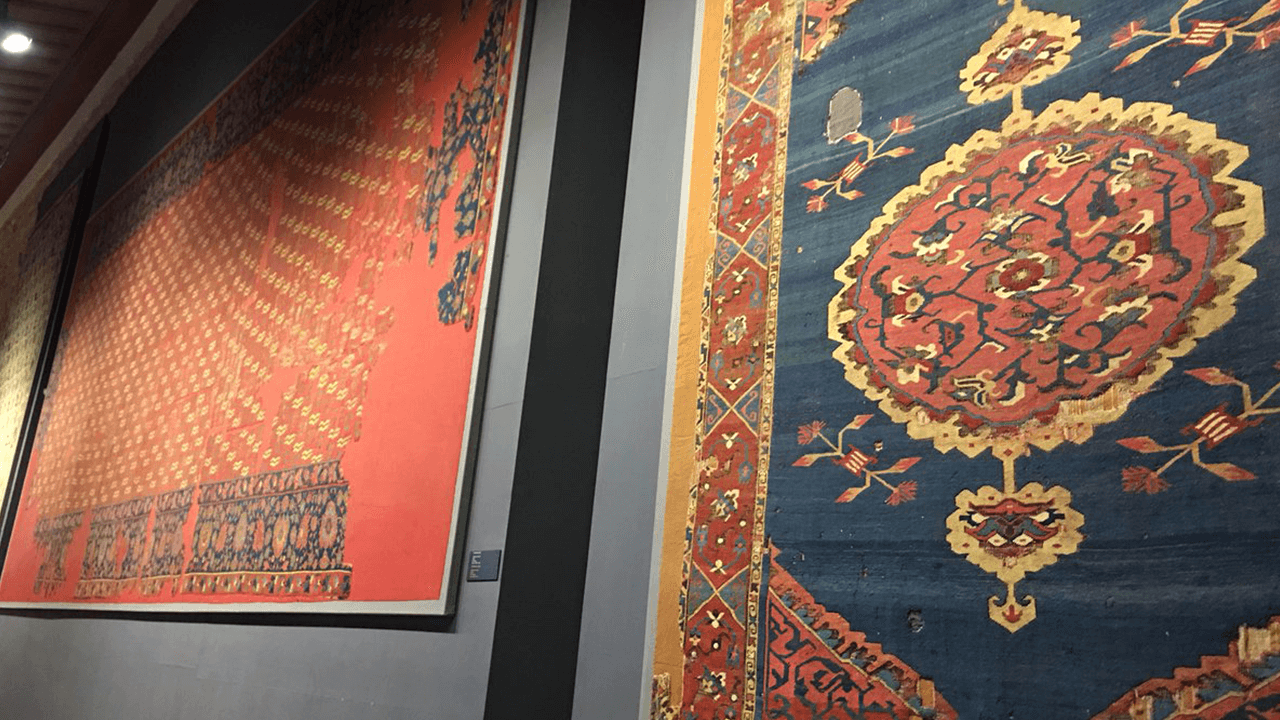
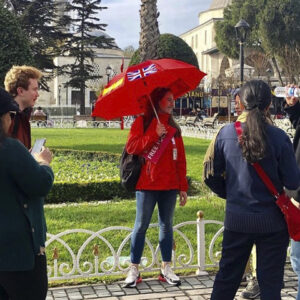
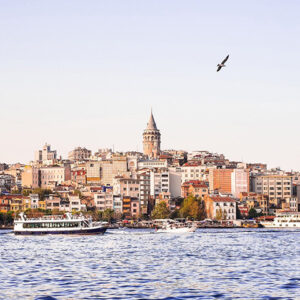

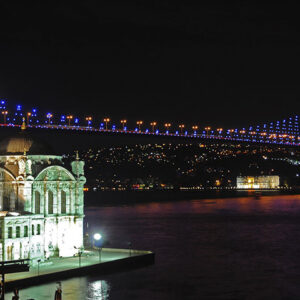

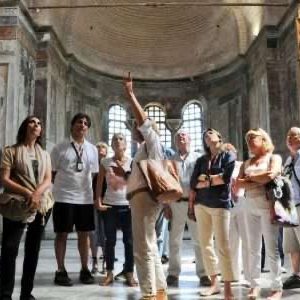
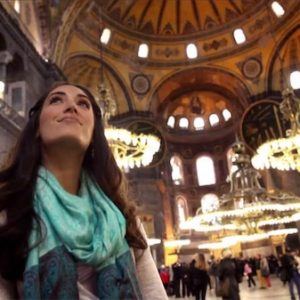


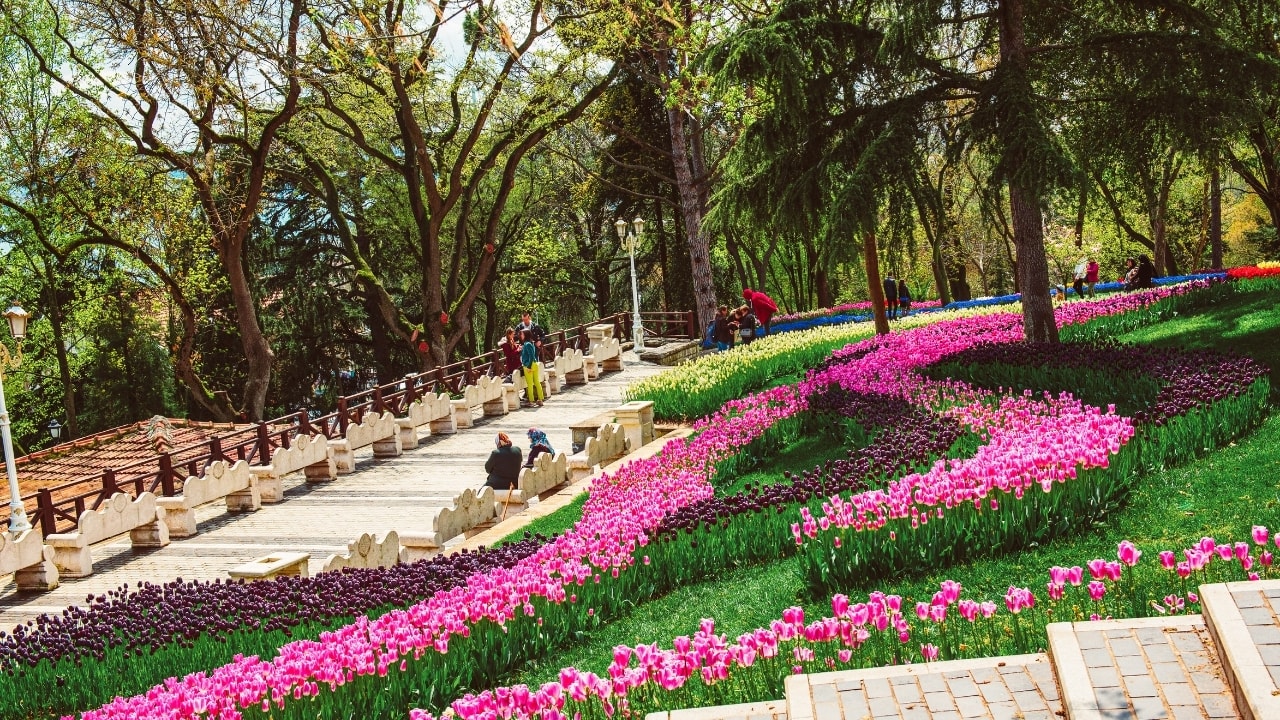
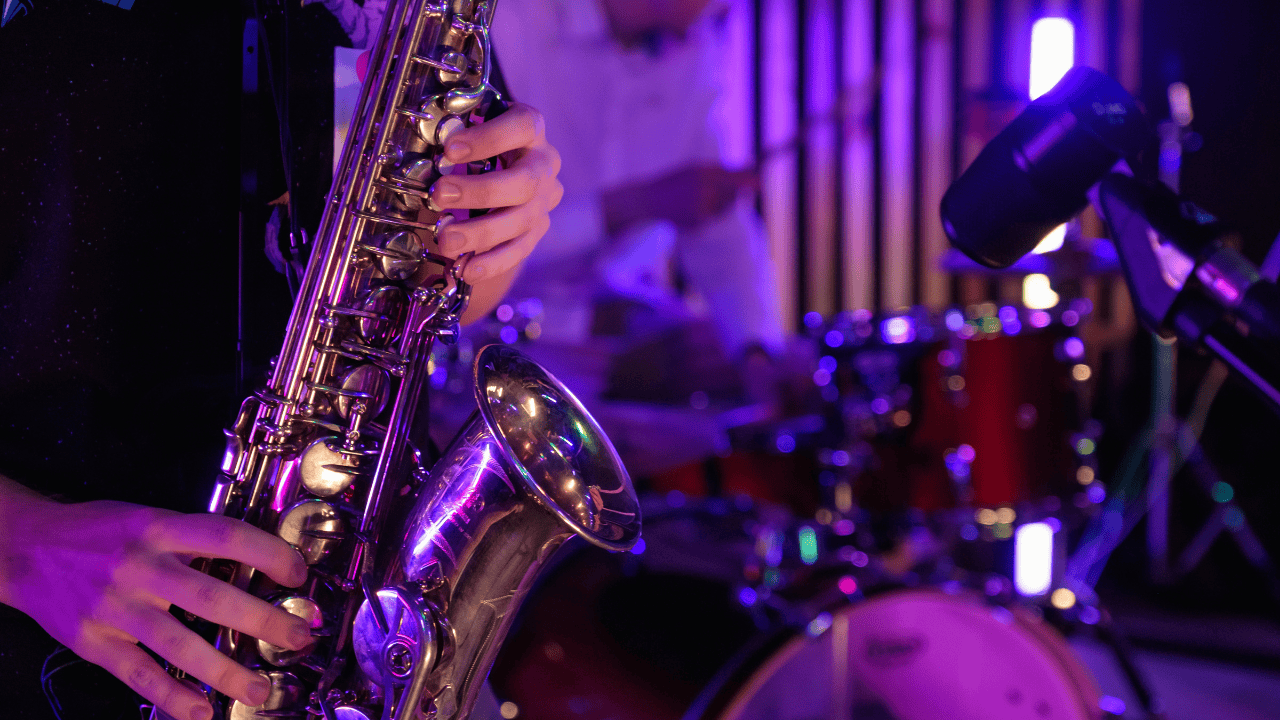
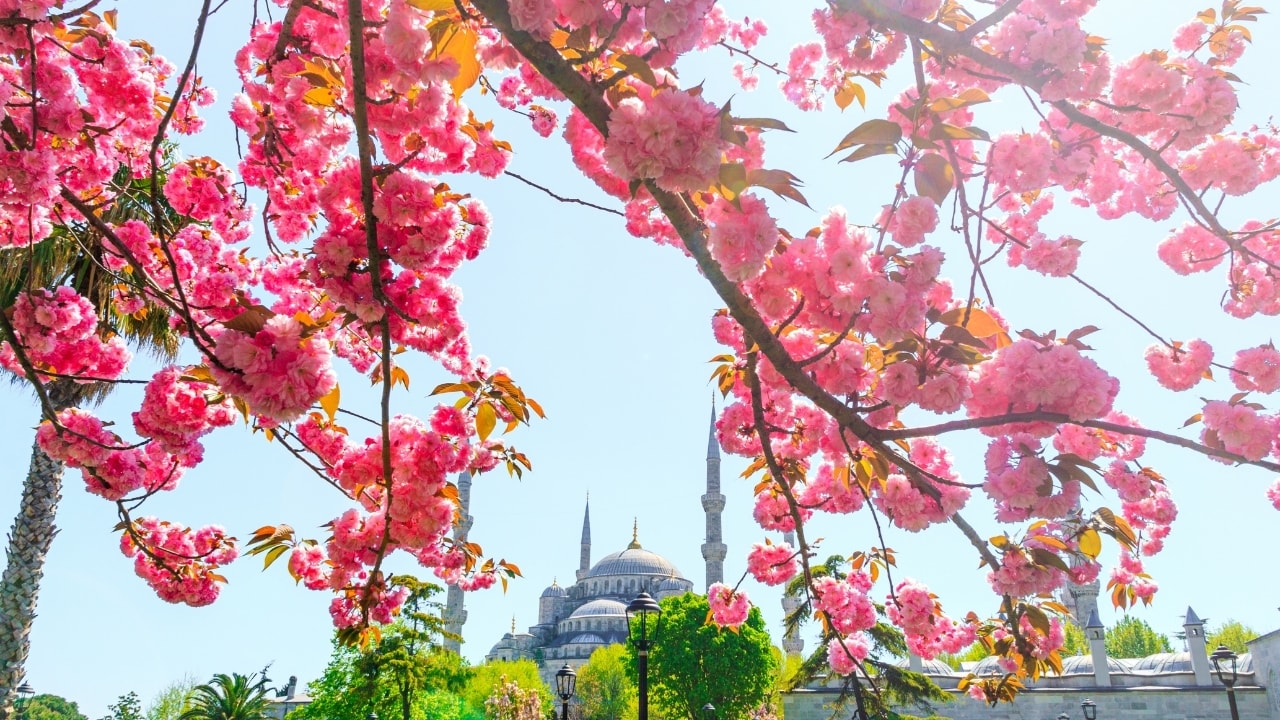
3 thoughts on “Carpets Museum”
★★★★★
Exploring ‘Carpets Museum’ exceeded all my expectations. A perfect combination of culture, beauty, and knowledge.
★★★★★
Looking for an authentic and enriching experience? ‘Carpets Museum’ is the place to be! Absolutely worth the visit.
★★★★★
Every moment spent at ‘Carpets Museum’ was filled with wonder and learning. It’s a place I will always cherish.